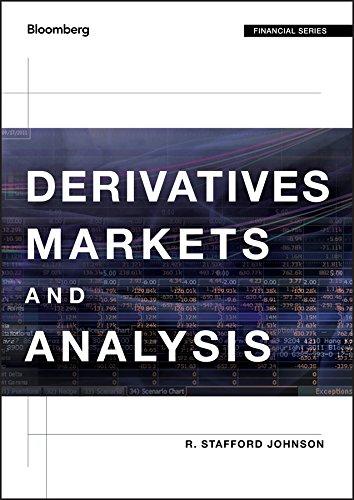Suppose XYZ stock is trading at ($ 50), its annualized standard deviation is 0.175 , and the
Question:
Suppose XYZ stock is trading at \(\$ 50\), its annualized standard deviation is 0.175 , and the continuously compounded risk-free rate is \(6 \%\) (annual).
a. Calculate the B-S equilibrium call prices for an XYZ 50 European call expiring in 90 days \((t=0.25)\) and an XYZ 48 European call expiring in 90 days.
b. Determine the delta, theta, and gamma for the 50 call and 48 call.
c. Construct a neutral ratio spread with the 50 and 48 calls. What would your initial cash flow be if the calls were priced equal to their OPM values?
d. What is your neutral delta position theta and gamma?
e. What would happen to your neutral ratio hedge if the stock immediately increased by \(\$ 1\) and you closed your positions at call prices equal to their OPM values? What would happen if you closed your position after the stock decreased by \(\$ 1\) ?
f. Define the arbitrage strategy using the neutral delta strategy you could employ if the price of the XYZ 48 call were equal to its equilibrium value, but the 50 call were underpriced at \(\$2.05\). Show the initial cash flow from closing the position shortly afterward at \(S_{t}=\$ 51\) and \(S_{t}=\$ 49\) and with the call values equal to the equilibrium values you used in \(10 a\).
g. Describe the arbitrage strategy one could use if the 50 call were overpriced at \(\$2.25\).
Step by Step Answer:






